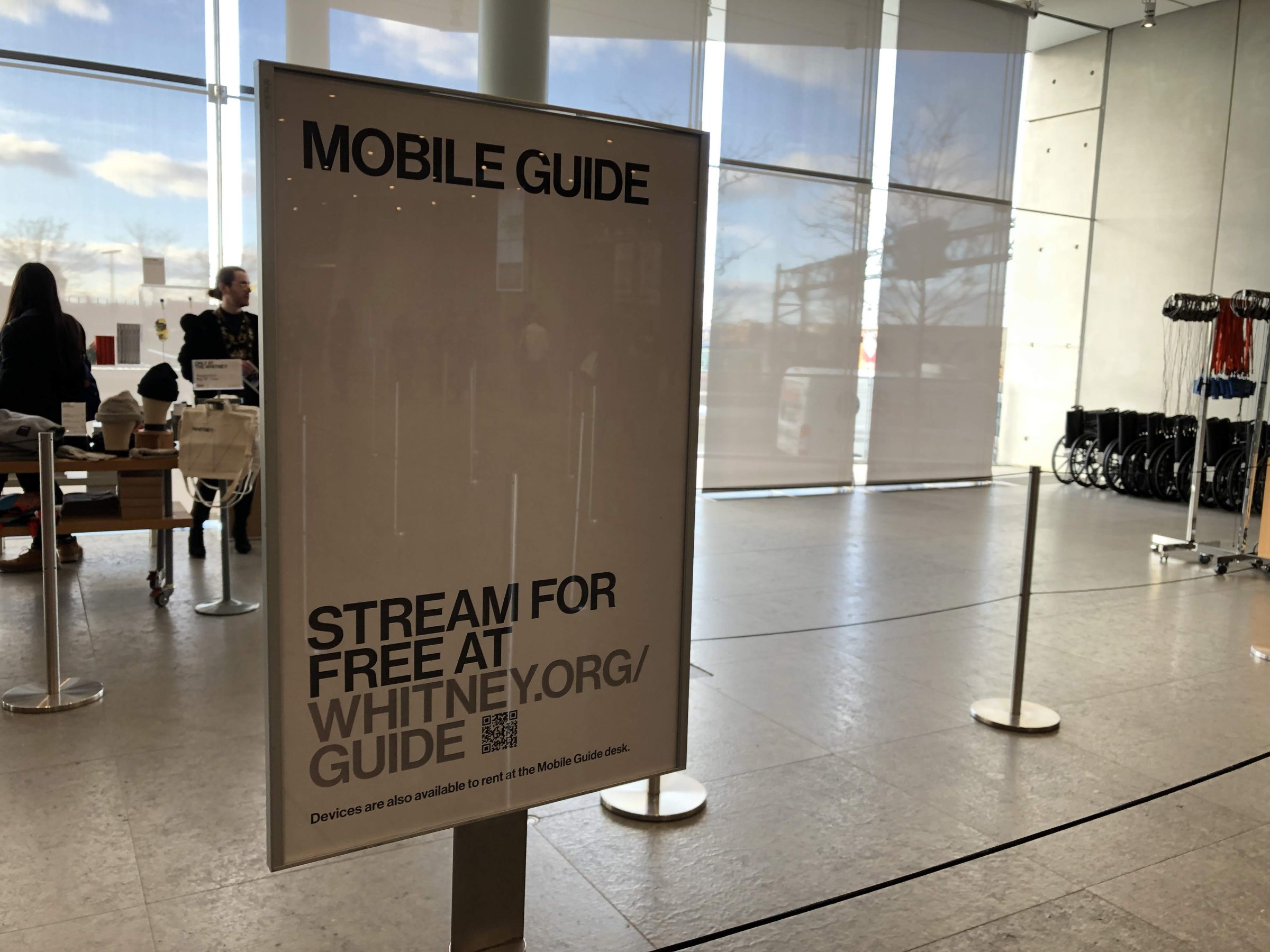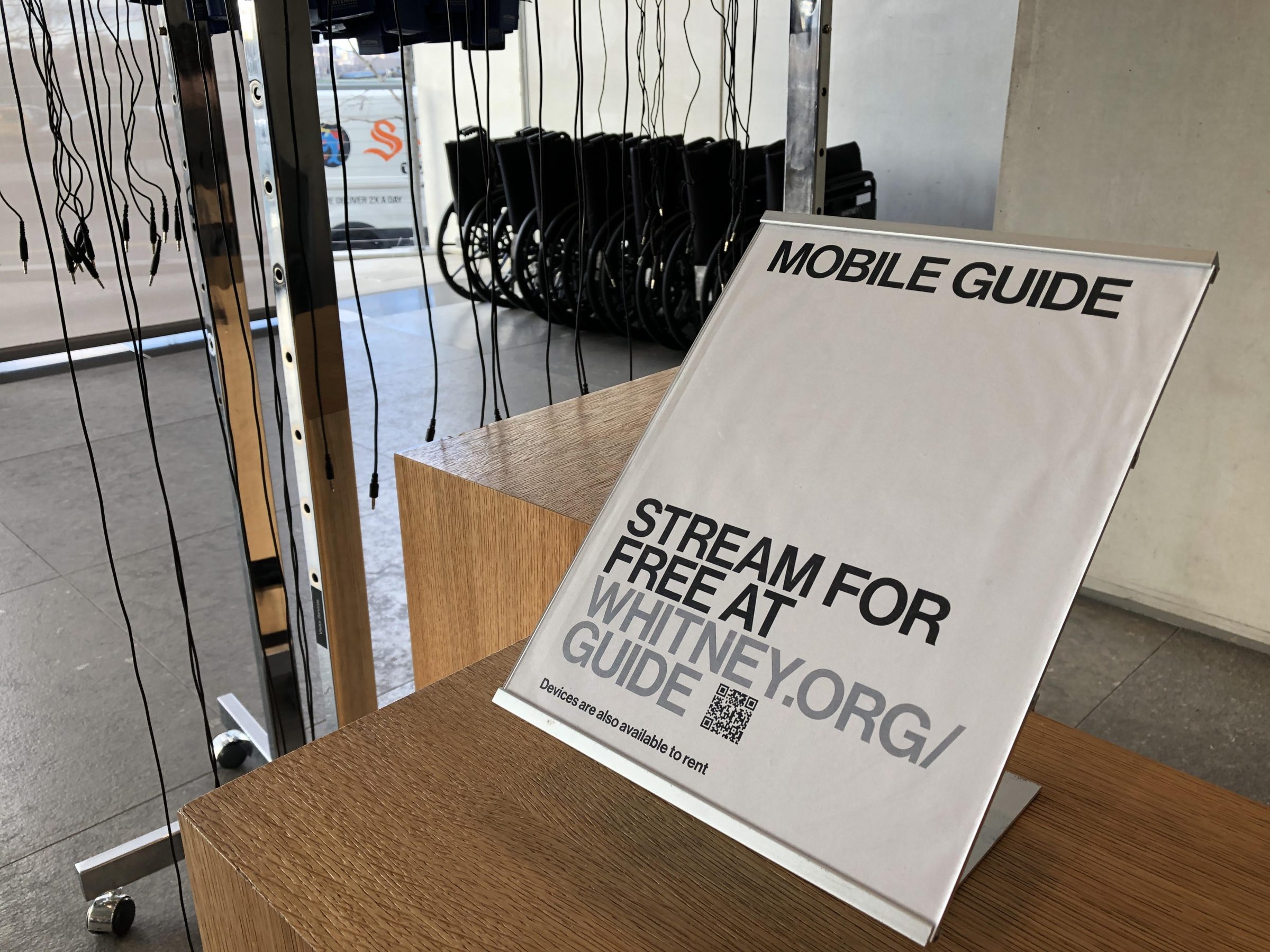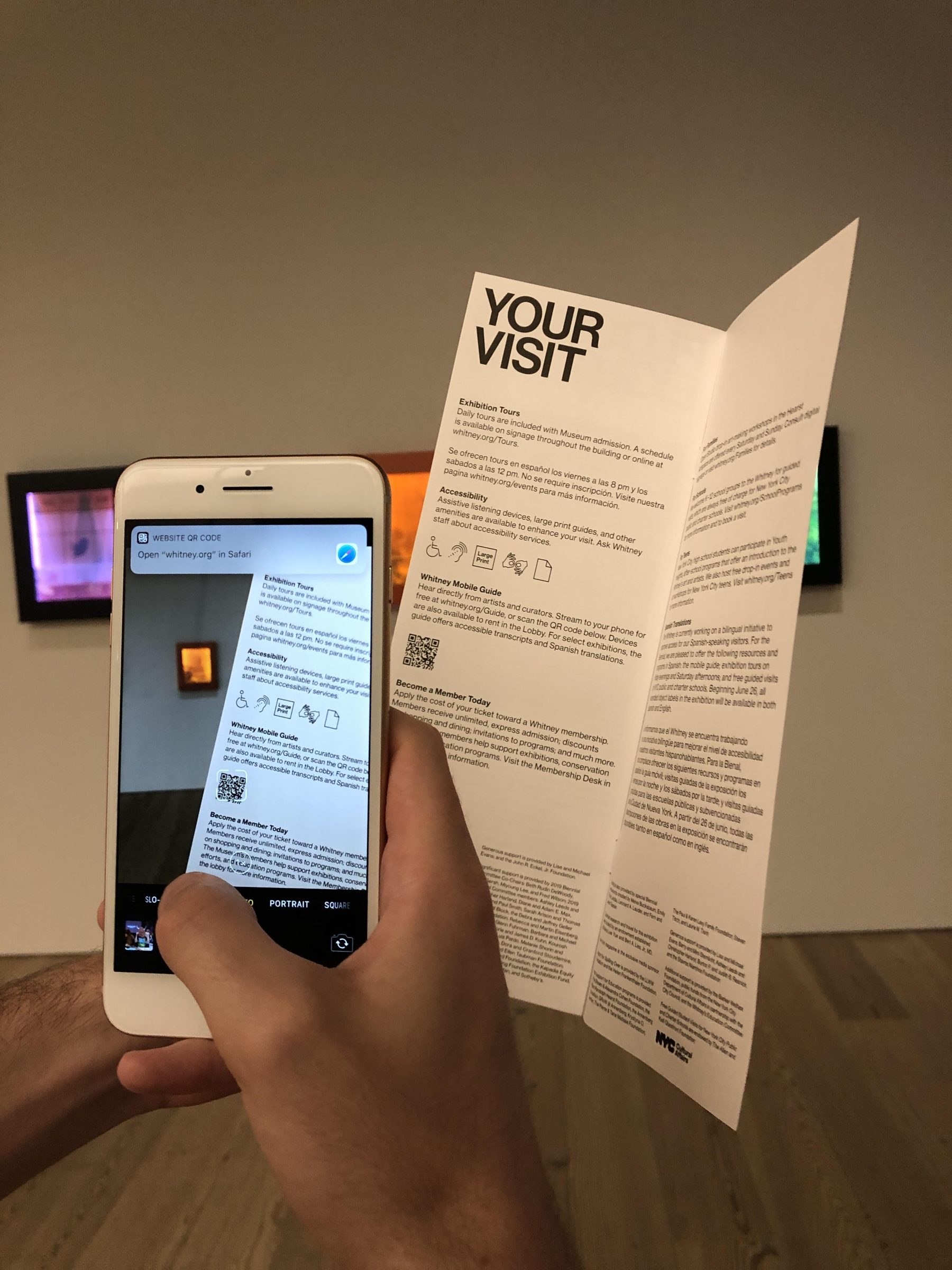
I can’t tell you if QR codes are dead, undead, or if they never died in the first place, but I can tell you we’ve been trialing them at the Whitney Museum of American Art over the last year. Anecdotally, everybody familiar with what QR codes are seems to have an anecdote about them, but we wanted to determine more systematically whether or not they might be a useful tool for driving visitors into digital content while at the Museum, with any meaningful levels of utilization. And as it turns out, for us, QR codes are alive and well.
Connecting to the Mobile Guide
With our recently launched Mobile Guide one of our goals has been to get more people engaging with the experience on their own devices. To achieve that goal, we have to get visitors to open up a URL on their phone. That may sound small, but even little barriers can seriously affect take-up rates, as evidenced by the increasingly widespread death of the museum app (see: The Met, Tate, Guggenheim, etc.), in no small part due to the need to download what will for most visitors be a one-off experience. And while we can shorten the URL to something generally easy to read and type (whitney.org/guide), not all visitors are adept screen-typers, and this might be just enough to put them off if they didn’t already consider themselves “audio guide people”. Enter QR codes.
iOS 11 and a better QR experience
Historically, one of the biggest annoyances of QR codes has been the need to download an app just to read the codes, which could then open other apps or websites. Many Android phones have built in readers, but with our visitors skewing heavily towards the iPhone and the difficulties of messaging around different models of devices, that wasn’t particularly useful for us. With the release of iOS 11 in 2017 however, iPhones gained native QR scanning abilities in the camera app, opening up the viability of QR as a part of our digital strategy.
The benefit to being built-in to the native camera meant that nearly all of our visitors with smartphones would have a device that could seamlessly scan and open a URL to our Mobile Guide experience, without having to type anything in. For less tech-savvy visitors in particular, this is extremely useful, because even if they don’t know they have a reader in their camera, staff can reliably direct them to it faster than they can type in a URL, which can be subject to typos or other mistakes.
Starting the trial
Knowing that a significant portion of the museum’s visitors would at least technically be able to scan QR codes, we started placing the codes in a number of places throughout the building. Every QR code we placed led into our Mobile Guide, but the URLs were built slightly differently in each case so we could track a) the number of total QR scans and b) know which placements were the most effective. We did this by adding a unique query parameter to each QR code URL that would be picked up by our Google Analytics after the code was accessed.
Gradually we rolled out QR codes in a number of locations across the museum. Those locations and their numbers of respective scans between Nov 2018 and May 2019 are listed below.

Tickets
4,169 scans

Museum guides
4,110 scans
Lobby stanchions
2,289 scans
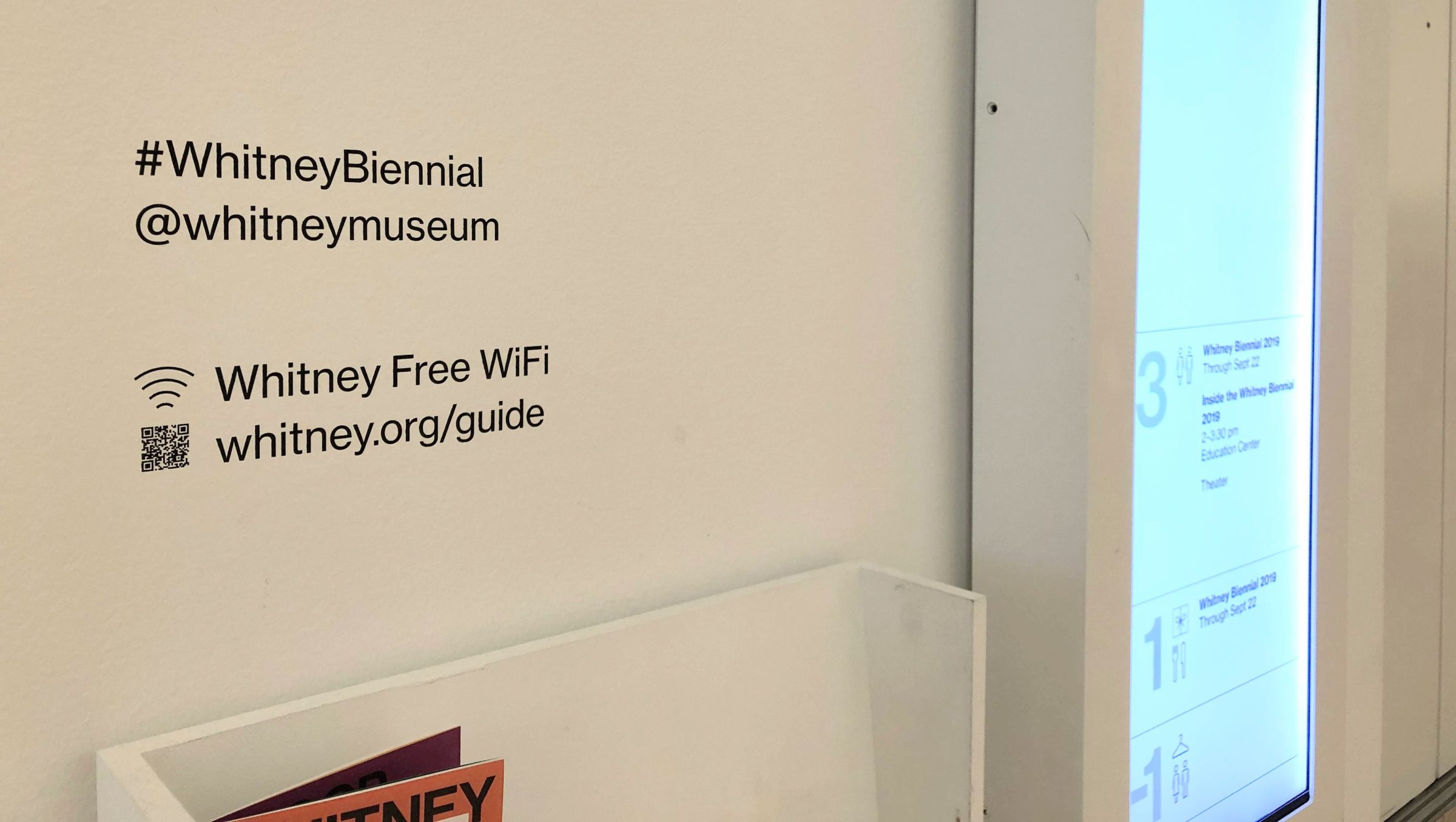
Elevator wall labels
745 scans
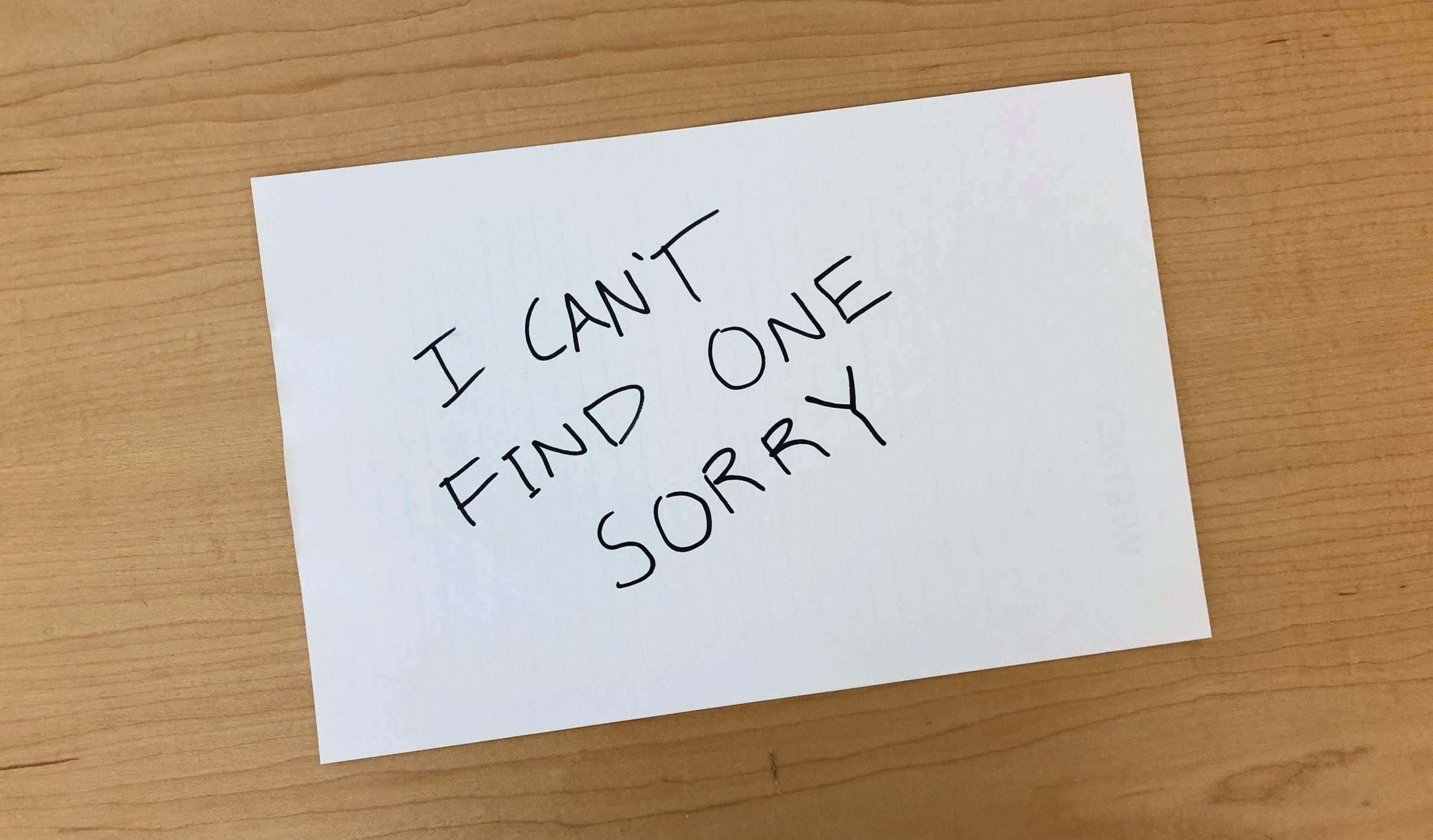
Tour stanchions
562 scans
Contextualizing the results
In total, we saw a total of 11,875 sessions from QR code scans (based on unique pageviews) from Nov 2018 to May 2019. Those sessions were initiated by approximately 7,100 users, out of a total Mobile Guide user base of nearly 34,000. And while the ratio of QR-begun sessions to total usage has shifted as certain wall vinyls have changed and ticket stock has rotated, overall QR scanning has been responsible for a significant portion of the Mobile Guide pick-up since we began rolling it out. That more than 1/5 visitors access the guide through a QR code is huge, and at certain points during the Warhol run of show it was responsible for more than 1/4.
Where we go from here
When we began talking about alternative ways to get visitors into the Mobile Guide, one of the most interesting options was just out of reach—NFC tags, which could be placed on signs, walls, counters, and anywhere else. Unfortunately, while most Android phones allow for URLs to be opened from a tap on an NFC tag, iPhones (at the time) did not outside of native NFC-reading apps. However, with the iPhone XS and XR, it appears that this is changing, which should eventually open up this option as consumers gradually replace their older devices. The clear benefit of NFC over QR in this case, is that with NFC visitors would not need to open even their camera, and could instead simply tap their devices at the counter as they enter and be on their way.
In the mean time, we are continuing to place QR codes throughout the museum, and adjusting our standard ticket to permanently include a code on the reverse.
TL;DR: Apparently QR codes work, pass it along.
